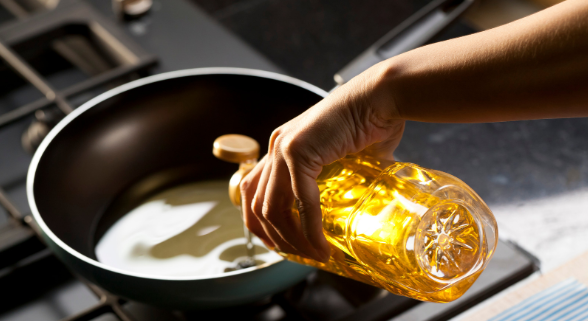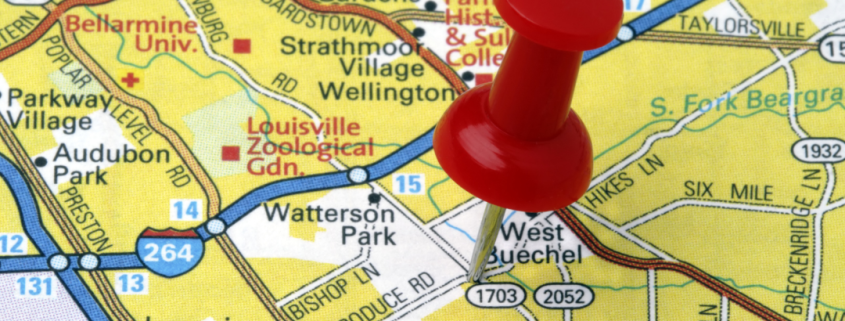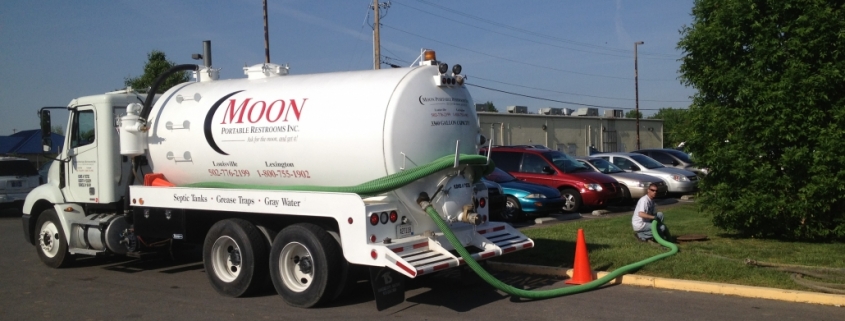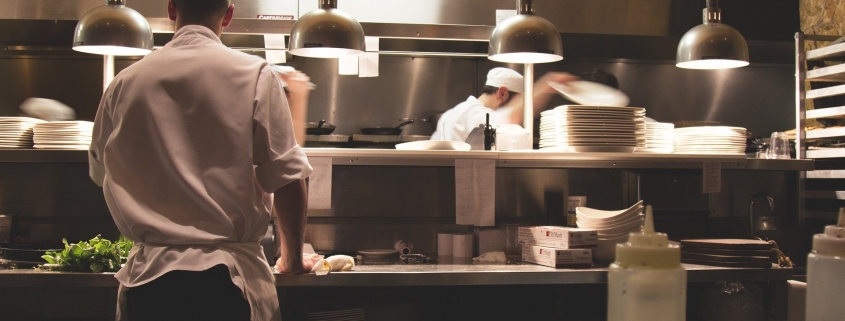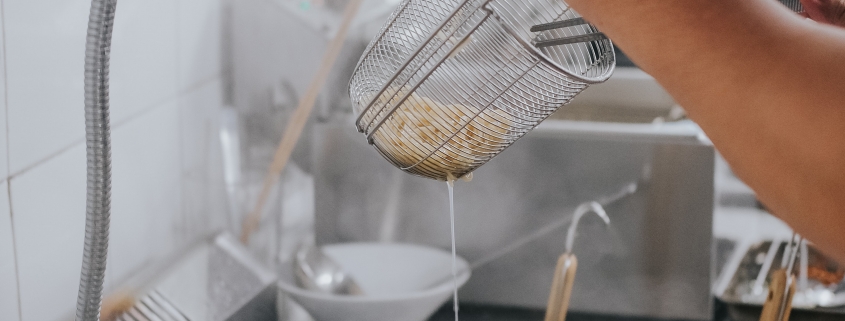Summer 2023: Food Festivals Near Louisville, KY You Won’t Want to Miss
Summertime has come upon us with heat and humidity, but also with plenty of heat from the food festivals around Louisville, KY. There are plenty of ways to spend the summer, and wandering around ordering tasty treats of all varieties is what we call a summer well spent. Check out our list below of 5 Food Festivals to attend near Louisville this summer!
1. 2023 Bluegrass VegFest
All about the veg! Join Kentucky’s coalition of vegan and vegetarian plant-based eaters, speakers, chefs, and more at the Bluegrass VegFest, located in the Clifton Heights neighborhood at the Mellwood Art Center. If you want to support sustainable, plant-based businesses, learn more about food, health, the planet, animals, and socially/eco-conscious companies while exploring local restaurants, beers, and food trucks, then the VegFest is for you! You can also bring your kids for a variety of children’s activities! Admission is free, but if you want to skip the lines and receive a festival tote bag with product samples and other goodies, you can purchase a VIP ticket that will get you in early at 11 am.
2023 VegFest Details:
DATE: July 15
TIME: Noon – 6 pm
ADDRESS: Mellwood Art Center
1860 Mellwood Avenue
Louisville, KY, 40206
2. Glier’s Goettafest
“Goetta” load of Glier’s Goettafest this July and August, taking place at Newport’s Festival Park at the Levee, just across the river from Cincinnati, OH! This delicious sausage creation containing meat, oats, and spices is featured in list of scrumptious dishes, including but certainly not limited to goetta loaded fries, goetta pizza, goetta brownies, goetta quesadillas, and more! Grab a bite to eat, enjoy the live music, and have fun at the game tents that will be around! This event is free and open to the public.
Glier’s Goettafest 2023 Details:
DATE: July 27-31 & August 4-7
TIME: Thursdays & Fridays: 5 pm – 11 pm | Saturdays: Noon – 11 pm | Sundays: Noon – 9 pm
ADDRESS: Newport on the Levee
1 Levee Way
Newport, KY 41071
3. Louisville Wine & Food Festival
Come experience The Louisville Wine & Food Festival, presented by USA TODAY this August 19th. This food fest offers locals and travelers alike an opportunity to explore the Louisville culinary scene, from local trends to regional traditions. Enjoy a gourmet showcase by local chefs, emerging talent, and nationally renowned culinary leaders while letting your tastebuds run wild at our very own Waterfront Park next to the Big 4 Bridge! Information regarding ticket will be released soon and can be found on the Louisville Downtown Partnership’s website!
2023 Louisville Wine and Food Festival Details:
DATE: August 19
TIME: 1 pm – 4 pm
ADDRESS: Waterfront Park
129 East River Road
Louisville, Kentucky 40202
4. CRAVE Food & Music Festival
Travel to the Bluegrass capital of Lexington, KY for the CRAVE Food and Music Festival put on by Kroger and let the foodie in you revel in over 40 food restaurants, a variety of chefs, food trucks, craft beer, and cocktails. But that’s certainly not all this food and music fest offers! You’ll also find plenty to keep you and the family busy with kid’s activities, a car show, and 10 musical acts performing over two days. Vendors will offer items for $5 or similar and digital, pre-loaded CRAVE Bucks will be used for all food and beverages inside the festival. Parking is free and admission is $10 for a day or $15 for both days, but kids 10 and under are free and UK students with a valid student ID can get tickets for 1/2 off.
CRAVE Food and Music Festival Details:
DATE: August 26-27
TIME: Saturday 11 am -10 pm | Sunday 11 am – 7 pm
ADDRESS: Bluegrass Fairgrounds at Masterson Station Park
3051 Leestown Rd
Lexington, KY 40511
5. WorldFest
Louisville’s celebrated WorldFest returns for the 2023 Labor Day Weekend! This September weekend is filled with international treasures, including a vendor village with nearly 150 international-themed arts, crafts, merchandise, and (of course) food booths, three entertainment stages showcasing international, national, regional, and local performers, and a Parade of Cultures celebrating all the diverse cultures in Louisville. Expand your cultural horizons and enjoy this fun-filled fest that features cuisine from around the world all in downtown Louisville. Admission is free, but food and vendor products will be available for regular purchase.
2023 WorldFest Details:
DATE: September 1-4
TIME: TBD
ADDRESS: The Belvedere
471 West Main Street
Louisville, KY 40202
If you own a restaurant, café, or grocery store in or near Louisville, and are searching for grease trap cleaning services, look no further than Moon Grease Trap Cleaning. We have over 20 years of experience serving Louisville’s food industry with our top-of-the-line PROVac machine, and are proud to offer a cleaning service where dragging big hoses or heavy equipment through your restaurant isn’t required! Ready to get started? Visit our website and to fill out a contact form and get your free estimate, or give us a call at 502-776-2199. We look forward to working with you!


